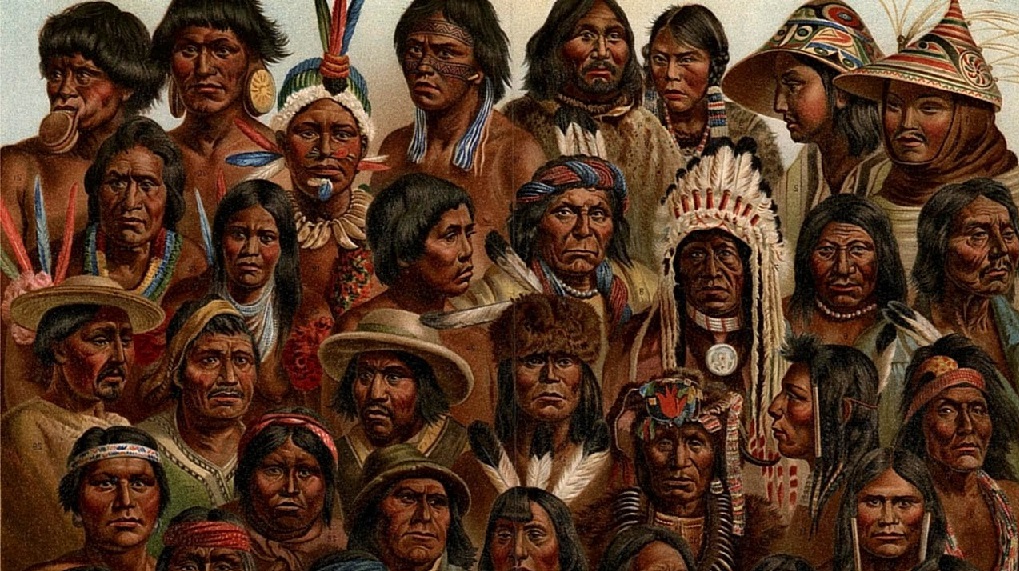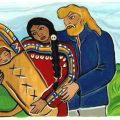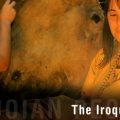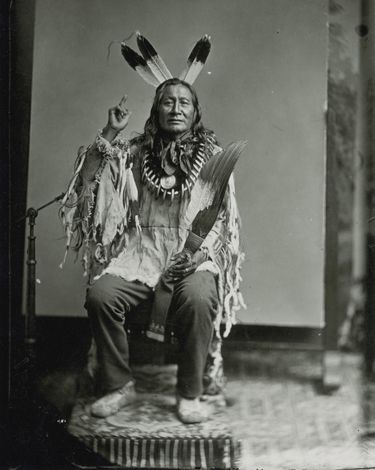
Muskogean was the most important language family of the Native American Southeastern Culture Area. In her introduction to Florida Place Names of Indian Origin and Seminole Personal Names, Patricia Riles Wickman writes:
“We shall never know with any certainty how many dialects derived from this mother tongue and from the social template that contained an orderly system for the genesis of new villages and the growth of towns and cities, all of which are based on an inherent dynamism that has been consistently underestimated ever since the poniards led the boat parade of European colonialization.”
The Muskogean language family includes Chickasaw, Choctaw, Creek, Miccosukee, Natchez, Tunica, Atakapa, Seminole, Chitimacha, Timucua, Alabama, Koasati, Hitchiti. This family is often divided into an Eastern and Western Division with Choctaw and Chickasaw in the Western Division.
There are some people, such as anthropologist Charles Hudson, in his book The Southeastern Indians, who feel that Natchez, Tunica, Atakapa, and Chitimacha are really language isolates with remote connections to Muskogean.
While the Natchez were destroyed as an autonomous nation in 1730, the language continued to be spoken by Natchez refugees living among the Creek until sometime in the twentieth century. Chitimacha also survived until the twentieth century. The last fluent speakers of Atakapa died in 1885.
There are some linguists who feel that Timucua is a South American immigrant and that the similarities with the other Musgokean languages is due to contact. There are some similarities with Warao, a language which was spoken along the Caribbean coast of northern South America. There are also similarities with other South American languages. Some linguists feel that Timucua is so different from other Southeast languages in basic structure and vocabulary that it should be considered a linguistic isolate.
Linguist Ives Goddard, in an article in Anthropological Linguistics, categorizes Timucuan as a family with two languages: Timucua and Tawasa. Goddard reports:
“Timucua was spoken in several minimally divergent dialects in northeastern Florida, where it was studied by Spanish missionaries in the seventeenth century.”
By 1686, the Spanish reported that the Province of Tawasa, in what is now eastern Alabama, was composed of six towns. Ives Goddard also reports:
“It is uncertain how extensively Timucuan languages may have been spoken in eastern Alabama; all members of a confederacy need not have been linguistically related, and the towns belonging to the Tawasa confederacy were, on later evidence, linguistically diverse.”
In her book Searching for Lost City: On the Trail of America’s Native Languages, journalist Elizabeth Seay writes:
“Muskogee-Creek speakers don’t simply use a past tense but choose among four pasts: the distant or mythic past; the past five to twenty-five years; the time between yesterday and a year ago; and the very recent past.”




Leave a Reply